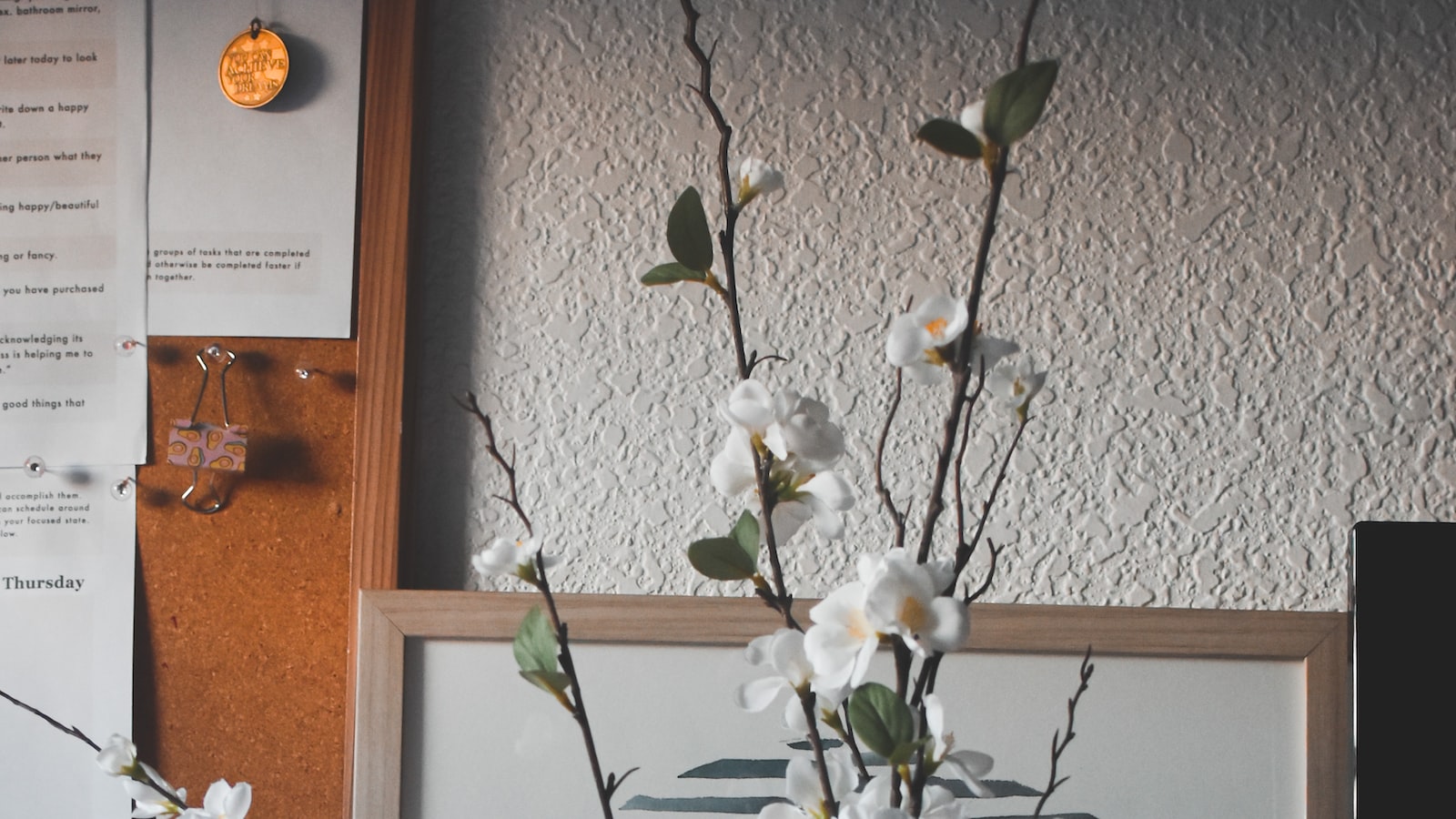Growing Peppers Indoors – Guidelines & Tips
Pepper plants are truly incredible vegetables. With their vibrant colors and delicious flavor, it’s no wonder why they’re popular in cuisines from around the world. Luckily, you don’t need an outdoor garden to start growing peppers. You can grow them indoors as well! Here are some guidelines and tips to help you get started.
Choosing the Right Plant Varietal
Different varieties of peppers will produce different results. Depending on your preference, you’ll want to choose the right variety. For example, if you’re looking for hotter peppers, opt for seeds labelled spicy or hot, or check the Scoville units on the label. If you want sweet peppers, pick a variety of peppers without the word “hot” or “spicy” in the name. Some popular pepper varieties to try indoors include bell peppers, jalapenos, anaheims, and cayennes.
Where to Buy
Seeds: The best place to buy pepper seeds is your local nursery, farmers market, or gardening store. You can purchase online, too, if you know the variety you want. Be sure to look for seeds labelled indoor-friendly or indoor-approved.
Transplants: If you live in a mild climate with short winters, you may be able to buy pepper transplants at your local nursery or farmers market. However, most transplants are sold during the spring months, so make sure to plan ahead.
Getting Ready to Plant
Once you have the seeds or the transplants, it’s time to get ready to plant. You’ll want to choose a pot that’s large enough for the pepper plants to grow. The pot should have drainage holes, and you should fill it with good quality potting soil. Peppers like the soil to be kept moist, so make sure the pot has a saucer to catch the excess water. You can also add a layer of mulch to the top of the soil to help it retain moisture.
Planting the Peppers
Once the pot is ready, plant the seeds or transplants in the soil. Make sure to leave enough space in between plants so each has enough room to grow. It’s important to keep the plants in an area that receives plenty of direct sunlight, and you should rotate them occasionally so they receive the same amount of light on all sides. Once the plants start to sprout, feed the peppers a high-nitrogen fertilizer every month or two, according to the package instructions.
Watering & Pruning
Your pepper plants should always be kept well watered. Water them regularly and make sure the soil doesn’t dry out. You can also prune your plants to encourage new growth. Pruning should be done carefully and with the right tools. When the peppers are ready to harvest, pick only the firm peppers. Leave the remaining peppers on the plant so they can continue to ripen.
Conclusion
Growing peppers indoors is an excellent way to enjoy your own delicious produce. With the right variety, lighting, and care, you can have a successful pepper-growing experience. Follow these guidelines and you can start harvesting flavorful peppers all year round!



